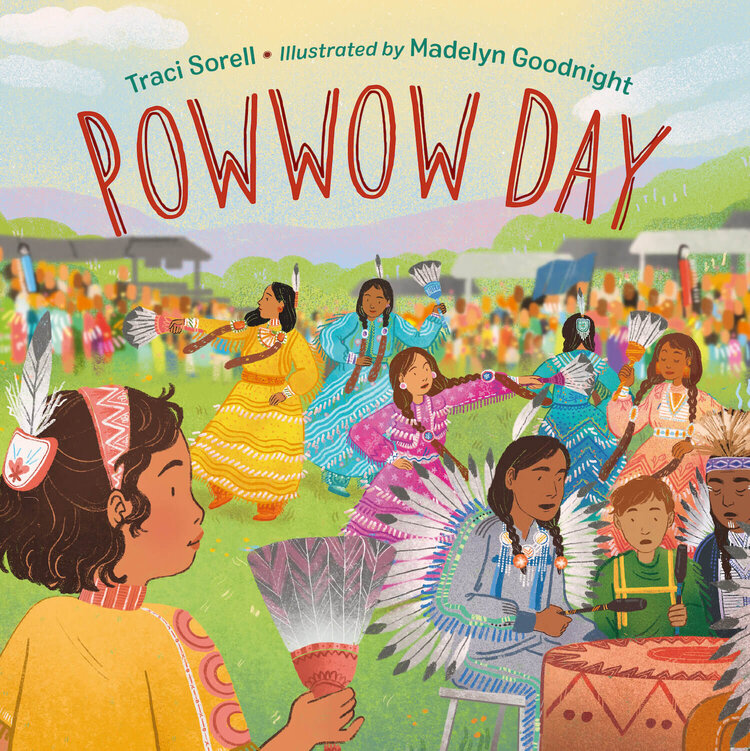With more than 6 million Americans living with Alzheimer's or dementia (2021 Alzheimer's Facts and Figures), you may know someone affected. The enormous changes in family dynamics are hard to handle and hard to explain to children. That's why I really like the book I won from author Paulette Boching Sharkey, illustrated by Samatha Woo, and published by Beaming Books.
A Doll for Grandma: A Story about Alzheimer's Disease shows a close, fun relationship between young Kiera and her Grandma. Kiera notices changes in Grandma that she doesn't understand. Mom explains that there's something wrong with Grandma's brain. When Grandma is moved to a memory care home, Kiera tries to think of ways to reconnect with the Grandma she knew. With her mom's help, Kiera's idea of getting Grandma a doll did the trick. They were able to enjoy their dolls together and establish a different, but still special relationship. The book includes a page for grownups by Judy Cornish, "Helping Children Understand Alzheimer's Disease." While real life may differ, this book gives adults a way to help children understand, with encouraging ideas of how to connect and engage the person with dementia.
Sometimes the process of living with Alzheimer's or dementia is called "the long goodbye." This is well described by my friend Carmen Graber, who graciously allowed me to post her poem here.
A LETTER TO MY FATHER
Dear Papa
I know, I know
I never called you papa
While I was growing up.
It was always “dad”
I called out
When I needed help
When I needed advice
Or when I just needed to know I was loved.
You were always there
Sometimes even before I called.
You taught me how to love,
How to serve,
How to talk to anyone and everyone,
How to have faith in God and myself.
You guided me into the person I am today
You were my hero, my dad.
And then came a disease called Alzheimer’s.
It began to take pieces of you
And hide them from view:
Slowly at first
Then faster and faster
Until all of my dad was hidden,
Blocked from view.
This is when you became papa.
You no longer responded to dad,
And you no longer responded to me as your daughter.
My heart was broken
And I was devastated.
But a new relationship was needed
Because you needed my help, my guidance and my love.
I was now a new person to you
And you were a new person to me
And that is how you became papa.
Together we journeyed this uncharted territory
Through your anger and fear,
Through your stories of the past
Both real and created in your clouded mind.
I grieved for the man I had lost
While you struggled to find your way back.
Sometimes, when I took your hand
And looked deep into your eyes,
I could catch a glimpse of my dad,
But just as quickly, he was gone
And you became papa again.
This went on for years
Until your mind betrayed your body
And it too began to fail.
Only then did dad began to return.
But dad was too weak to speak
Too weak to open his eyes
Too weak to hold my hand.
Then one cold night
You slipped away
Joining dad and papa
Making you whole once again
When you returned to your heavenly home.
Now after all these years,
I am telling our story.
I am saying my farewell to you
My father, my dad and my papa.
I will love you forever
And miss you for always
Till I see you again.
~Carmen Graber, Copyright 2020, All Rights Reserved
Research continues, and we hope for the day when we will have solid answers for prevention and treatment. Find help and support at the
Alzheimer's Association.
















